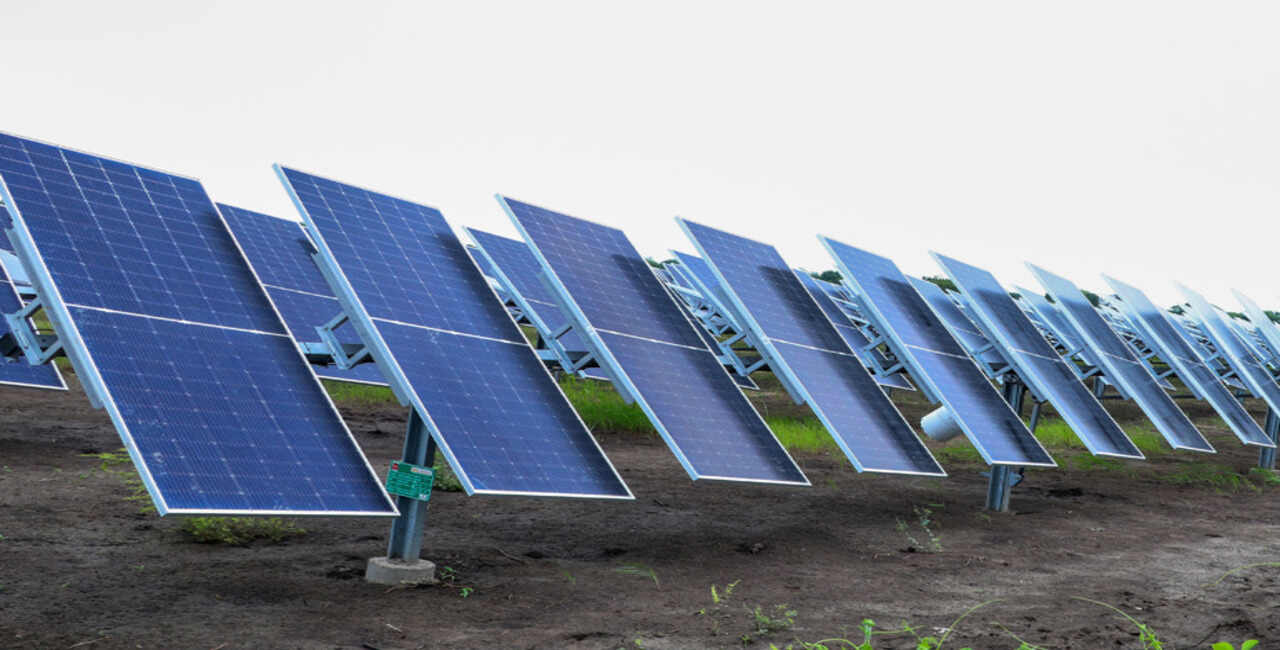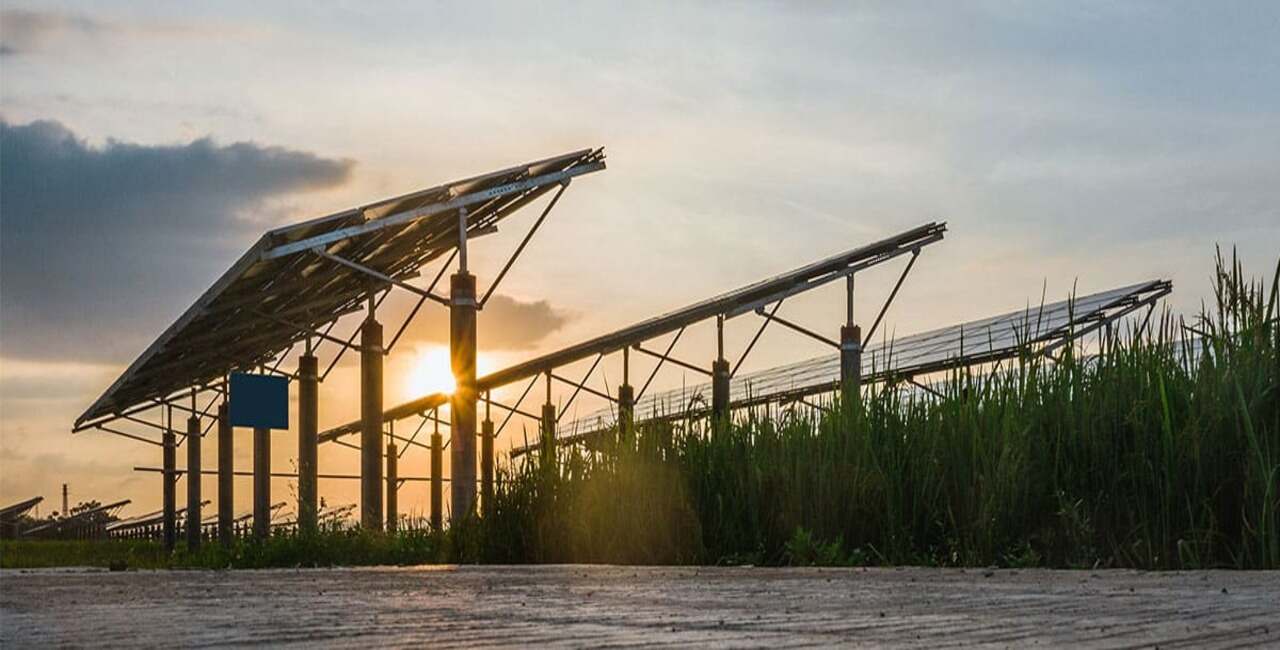Are Solar Trackers Worth It?

Using solar energy has become a key strategy in the search for sustainable energy sources. Among the technologies facilitating this transition, solar trackers have gained considerable attention. These sophisticated devices optimize the efficiency of solar panels by orienting them towards the sun's trajectory throughout the day. As the global community intensifies efforts to combat climate change and transition towards renewable energy, understanding the role and cost-effectiveness of solar trackers becomes increasingly significant.
Solar trackers are mechanisms integrated with solar panels to dynamically adjust their position, maximizing exposure to sunlight. Unlike fixed solar panel installations, which remain stationary throughout the day, solar trackers continually reposition panels to align with the sun's movement. This dynamic orientation ensures panels receive maximum sunlight, significantly enhancing energy production.
Solar trackers typically come in two main configurations: single-axis and dual-axis. Single-axis trackers pivot around one axis, usually tracking the sun's movement from east to west. On the other hand, dual-axis trackers incorporate two axes of rotation, allowing panels to track both the sun's daily path from east to west and its seasonal variations in altitude.
Debate on the Cost-Effectiveness of Solar Trackers
While solar trackers offer undeniable advantages in optimizing energy output, the debate over their cost-effectiveness remains nuanced and multifaceted. Proponents argue that the increased energy yield provided by solar trackers justifies their higher upfront costs. By maximizing energy generation, trackers can potentially accelerate the return on investment (ROI) for solar installations, particularly in regions with high solar irradiance.
However, critics raise concerns regarding the additional expenses associated with installing and maintaining solar tracking systems. The complexity of tracker mechanisms, coupled with the need for precision engineering and ongoing maintenance, can contribute to higher initial investment and operational costs. Moreover, the efficiency gains achieved by solar trackers may vary depending on factors such as location, climate, and the specific requirements of the solar installation.
In navigating the complexities of solar energy deployment, understanding the nuances of solar trackers and their cost-effectiveness is crucial. To dig deeper into this discourse and explore the evolving landscape of solar energy technologies, let's probe further into the insights offered within this article.
Pros of Solar Trackers
- Increased Energy Production: Solar trackers significantly boost energy production by dynamically adjusting the orientation of solar panels to follow the sun's path. This optimization ensures panels receive maximum sunlight exposure throughout the day, leading to higher energy yields compared to fixed installations.
- Optimized Performance Throughout the Day: By continuously tracking the sun's movement, solar trackers maintain peak performance levels from sunrise to sunset. This dynamic adjustment allows panels to capture sunlight at optimal angles, minimizing energy losses due to shading or obstructions.
- Potential for Higher Returns on Investment: Although solar trackers entail higher upfront costs, their ability to maximize energy production offers the potential for accelerated returns on investment (ROI). In regions with ample sunlight, the increased energy yield can offset initial expenses and generate greater financial returns over the system's lifespan.
Cons of Solar Trackers
- Higher Upfront Costs: One of the primary drawbacks of solar trackers is their higher initial investment compared to fixed solar panel installations. The complexity of tracker mechanisms and the additional hardware required for dynamic positioning contribute to elevated upfront costs, which may deter some investors or homeowners.
- Maintenance Requirements: Solar trackers entail ongoing maintenance to ensure optimal performance. The moving parts and mechanisms involved in tracking the sun's movement require regular inspections, lubrication, and adjustments. Failure to adequately maintain trackers can lead to reduced efficiency and increased downtime, impacting overall energy production.
- Potential for Decreased Reliability Compared to Fixed Solar Panels: While solar trackers offer superior energy production, they may exhibit decreased reliability compared to fixed solar panels. The mechanical components of trackers are susceptible to wear and tear over time, increasing the likelihood of malfunctions or system failures. In contrast, fixed installations have fewer moving parts and typically require less maintenance, potentially offering greater reliability in the long run.
In weighing the pros and cons of solar trackers, stakeholders must carefully evaluate factors such as location, project scale, budget constraints, and long-term objectives. While solar trackers offer undeniable benefits in maximizing energy production, they also entail higher costs and maintenance requirements, which may influence their suitability for specific applications. A comprehensive analysis of these factors is essential for making informed decisions regarding the adoption of solar tracking technology.
Installing Solar Tracker: Factors to Consider

When considering the installation of solar trackers, numerous factors must be carefully evaluated to ensure optimal performance and returns on investment. From assessing geographical location and available space to analyzing financial considerations and incentives, each aspect plays a crucial role in determining the feasibility and effectiveness of solar tracking technology.
Let's explore the key factors that stakeholders should consider when contemplating the installation of solar trackers, emphasizing the importance of a comprehensive approach to maximize the benefits of this innovative renewable energy solution.
Location and Climate
The geographical location and prevailing climate play a crucial role in determining the suitability of solar trackers. Regions with high solar irradiance and predictable weather patterns are ideal for maximizing the benefits of solar tracking technology. Additionally, factors such as latitude, elevation, and local weather conditions should be taken into account to assess the potential energy yield and performance of solar trackers in a specific location.
Available Space and Shading
The availability of space and potential shading can significantly impact the effectiveness of solar trackers. While solar trackers optimize energy production by orienting panels towards the sun, they also require sufficient space for movement and clearance. Additionally, the presence of nearby obstructions such as trees, buildings, or terrain features can cast shadows on solar panels, reducing their efficiency. Conducting a thorough site assessment to identify potential shading issues and optimize the layout of solar panels is essential for maximizing the benefits of solar tracking technology.
Financial Considerations and Incentives
Financial considerations play a pivotal role in the decision-making process regarding the adoption of solar trackers. While solar trackers offer the potential for higher energy production and returns on investment, they also entail higher upfront costs compared to fixed installations. Therefore, evaluating the financial feasibility of deploying solar trackers involves assessing factors such as project budget, available financing options, and potential cost savings over the system's lifespan.
Additionally, government incentives, rebates, and tax credits aimed at promoting renewable energy adoption can significantly offset the initial investment and improve the economic viability of solar tracking projects.
FAQ's
- How Efficient Are Solar Trackers?
Solar trackers can significantly increase the efficiency of solar panels by allowing them to follow the sun's path throughout the day, maximizing sunlight exposure. On average, solar trackers can boost energy production by 20-30% compared to fixed solar panel installations. However, they also come with higher initial costs and maintenance requirements.
2. What Problem Does Solar Tracker Solve?
Solar trackers address the issue of maximizing solar energy capture by allowing solar panels to follow the sun's movement throughout the day. This solves the problem of fixed solar panels being limited in their ability to consistently capture sunlight at optimal angles, particularly during mornings, evenings, and seasonal changes.
3. What Is The Future of Solar Tracker?
The future of solar trackers entails advancements in technology for enhanced efficiency, reliability, and cost-effectiveness. This includes innovations in tracking mechanisms, integration with smart grids, and improvements in materials and manufacturing processes to reduce costs and environmental impacts.
Conclusion
The question of whether solar tracker systems are worth the investment is not one-size-fits-all and requires careful consideration of various factors. While solar trackers offer the potential for increased energy production and higher returns on investment, they also come with higher upfront costs and maintenance requirements.
Therefore, stakeholders must weigh these pros and cons against their specific needs, geographical location, available space, and financial considerations. Additionally, advancements in technology and decreasing costs may make solar trackers a more viable option in the future.
Ultimately, the decision to invest in solar trackers depends on a thorough evaluation of these factors to determine their overall cost-effectiveness and suitability for individual projects.

